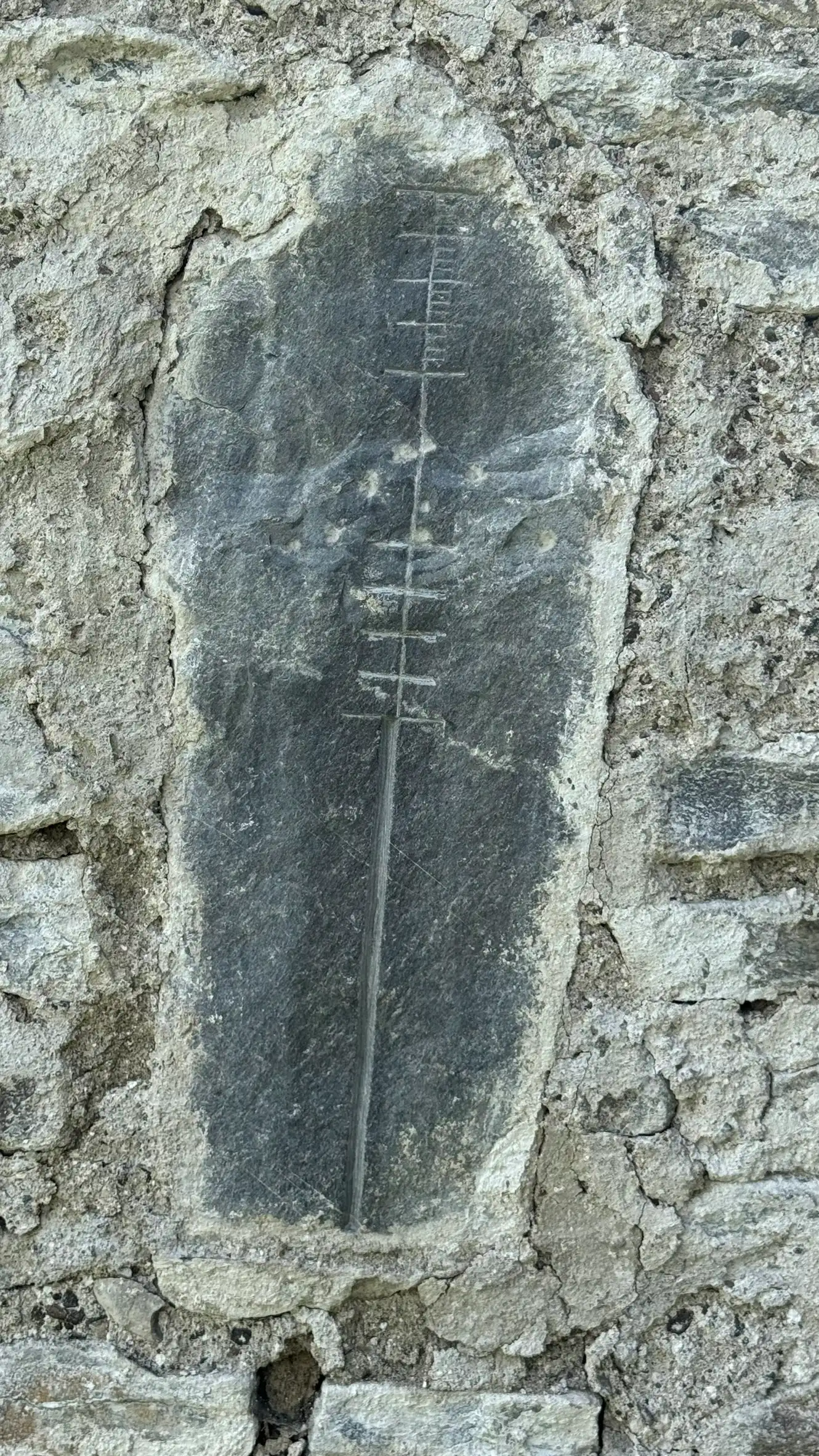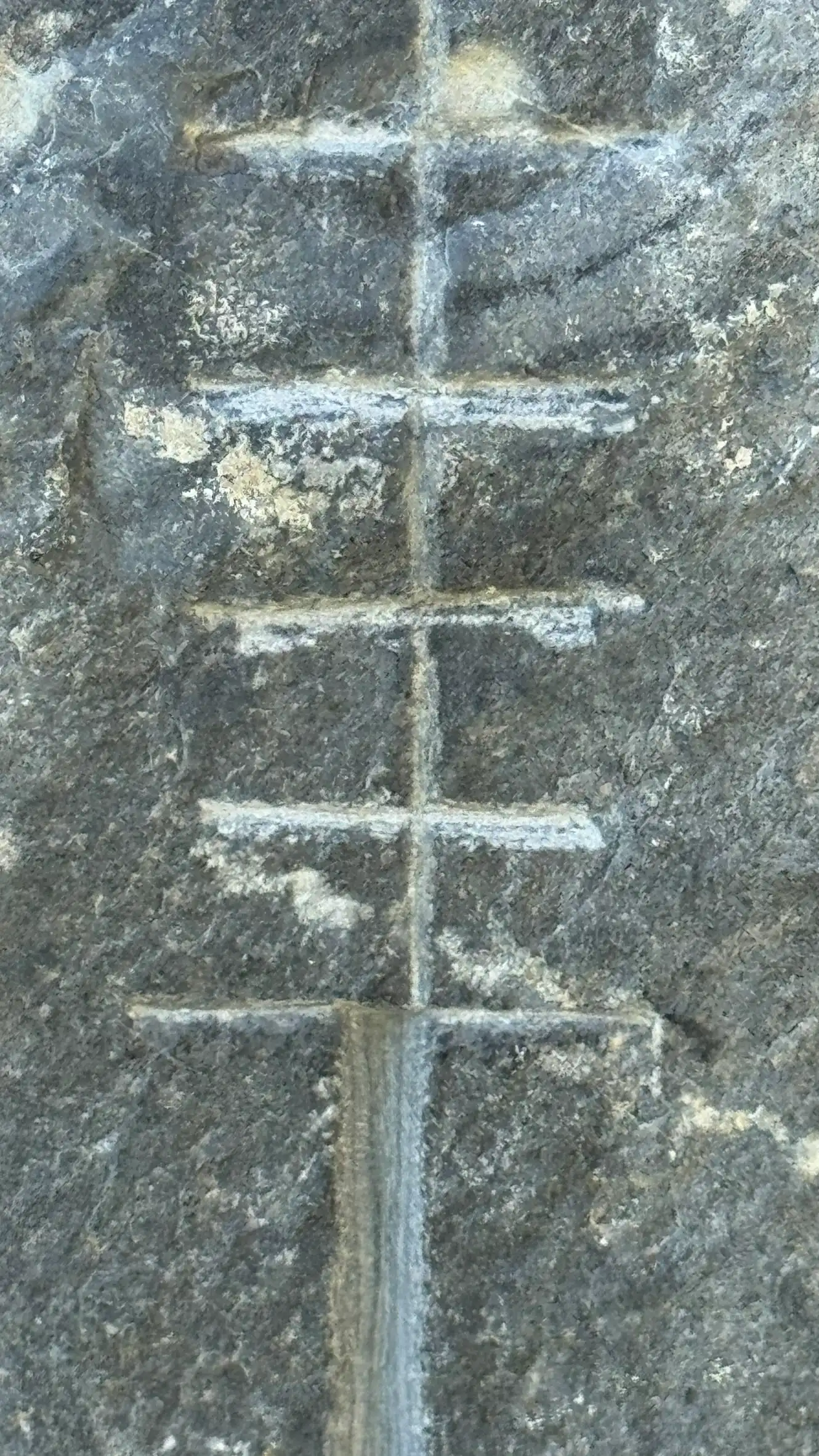Measurements and Units
All “old” measurements are based on human body dimensions (foot, cubit, handbreadth, etc.).
The human cubit – typically that of a fully grown man – is the first unit of length reported. There were various cubits, differing depending on origin or ruler (34–120 cm). The “common” cubit referred to the length of the arm from the elbow to the tip of the middle finger. It was subdivided into the span (the width of the hand, 1/2 cubit), the handbreadth (1/6 cubit), and the finger (finger width, 1⁄24 cubit). For larger lengths, measuring ropes or rods were used.
Even Roman architects were capable of producing scaled plans. The Middle Ages continued the practice of measurement using the Roman foot standard (1 foot = 29.57 cm), with the main subdivisions of 1/2, 1/4, 1/8 and 1⁄16. At the entrance to the construction site, measurements were taken with a cord.
The medieval drawing board was a wooden platform covered with a thin layer of sand, lime, or plaster screed. Once the surface was fully drawn on, a new layer was applied.
We have depictions of medieval drawing boards from the late Middle Ages, showing how measurements and proportions were calculated and tested using arithmetic and geometry. The resulting auxiliary constructions were transferred at a 1:1 scale directly onto the drawing boards and used by stonemasons as templates. In this way, prototype frameworks for large arches and vaults were created.



